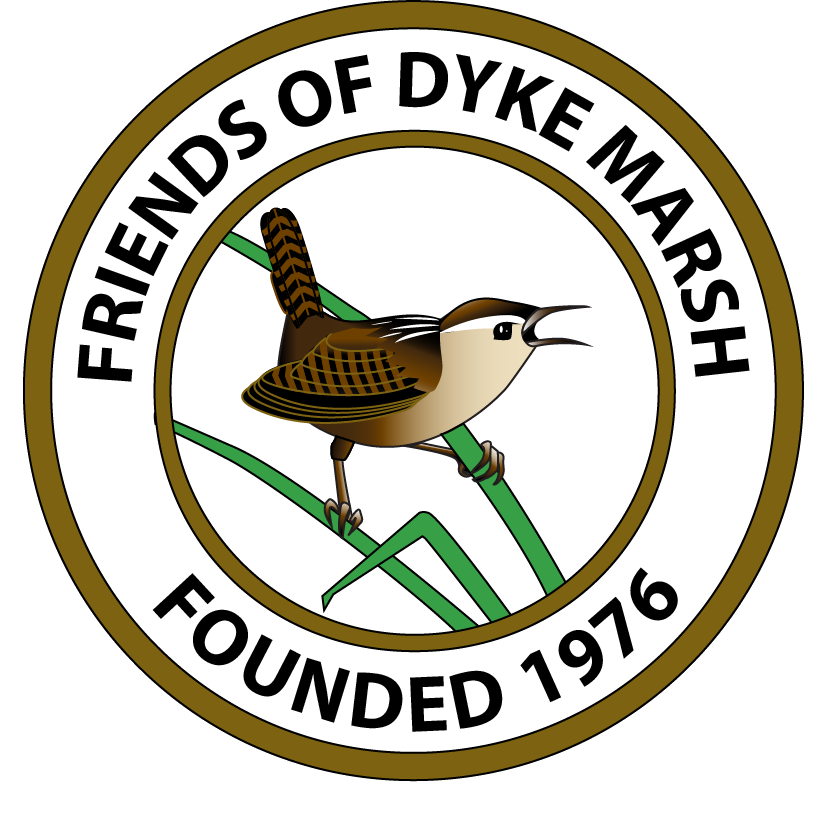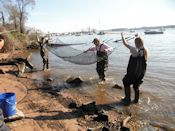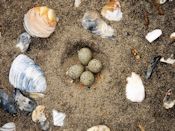Under beautiful spring skies, 40 eighth graders and their teachers from Alexandria’s St. Stephens and St. Agnes School visited Dyke Marsh on April 5, 2017, under the leadership of their science teacher Robert Davis, Middle School Science Department Coordinator. Using a seine net, students collected and studied fish and other aquatic life.
News
Several FODMers are helping with Virginia’s second Breeding Bird Atlas, a survey of all bird species breeding in the state. Headed by Dr. Ashley Peele, a Virginia Tech avian ecologist, the project is featured in a March/April 2017 Virginia Wildlife magazine article by FODM President Glenda Booth and titled “On the Hunt for Virginia’s Breeding Birds.” You can read it online here.
On March 7, 2017, we welcomed the return of ospreys (Pandion haliaetus) to the Dyke Marsh Wildlife Preserve. Ed Eder reported that “the female quickly began rearranging sticks on the nesting platform” at the Belle Haven Marina. “She directs the construction although the pair both gather nesting material,” Ed observed. Ed, an expert naturalist and birder, said that the male has used this platform for nearly 10 years.
On February 26, 2017, Patrice Neilsen gave a presentation on her research on secretive bird species of the Washington, D.C., region. She studied the king rail, Virginia rail, sora, least bittern and American bittern in surveys at 51 points in 25 marshes in 2013, 2014 and 2015. She surveyed at sunrise or sunset three times a year. She found no Virginia rails, sora or American bittern, but found least bitterns and king rails in several locations.
Carolina wrens (Thryothorus ludovicianus) delight us year-round with their rich musical song. They are common in surburbia and in the undergrowth of deciduous and mixed woods and along forest edges. Jason Yee shared his photographs of these beautiful birds, photos he took on the February 5, 2017, FODM bird walk.
Beginning in 2000 and for several years since, Fairfax County has sprayed over thousands of acres targeting a native moth caterpillar called the fall cankerworm (Alsophila pometaria). The National Park Service does not spray its properties, but a phenomenon known as “pesticide drift” can occur and chemicals can end up on unintended properties. We estimate that at least 110 kinds of butterfly and moth caterpillars are at risk of being killed by this insecticide.







